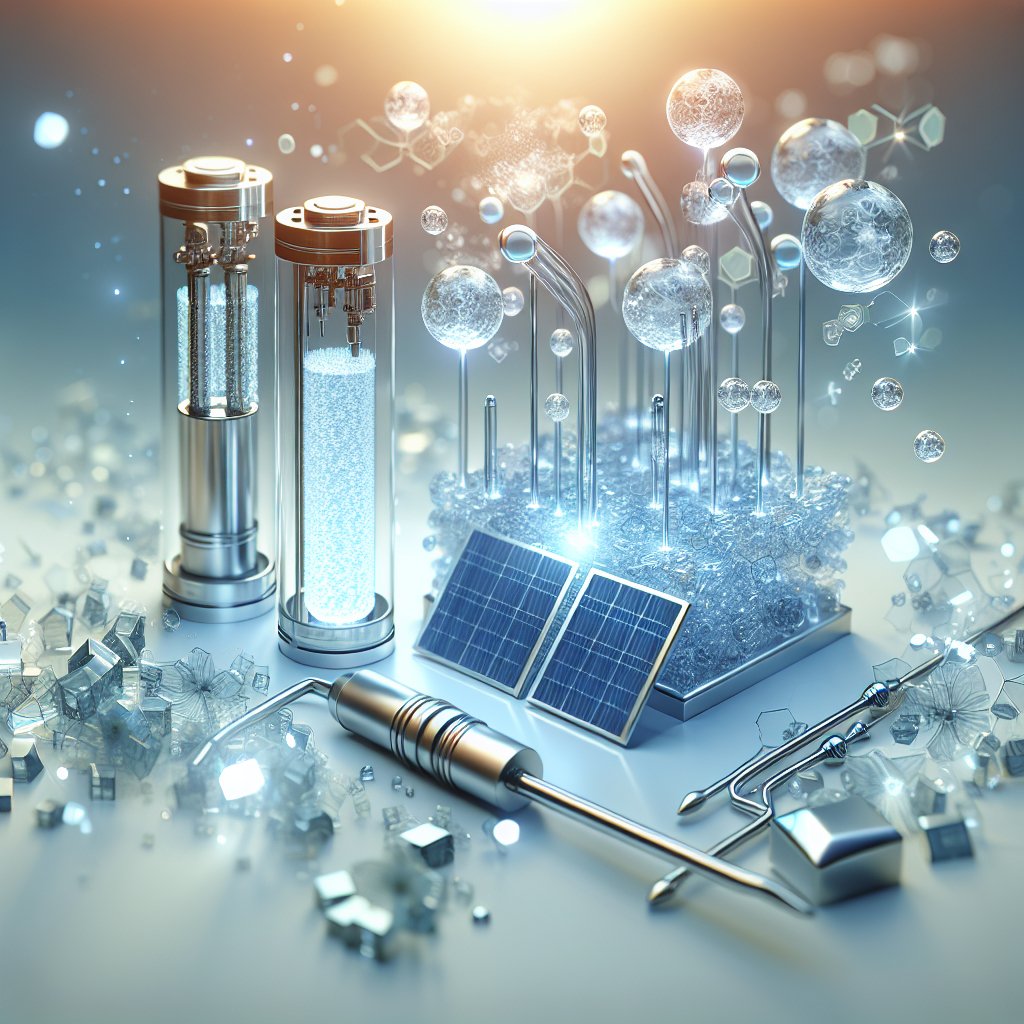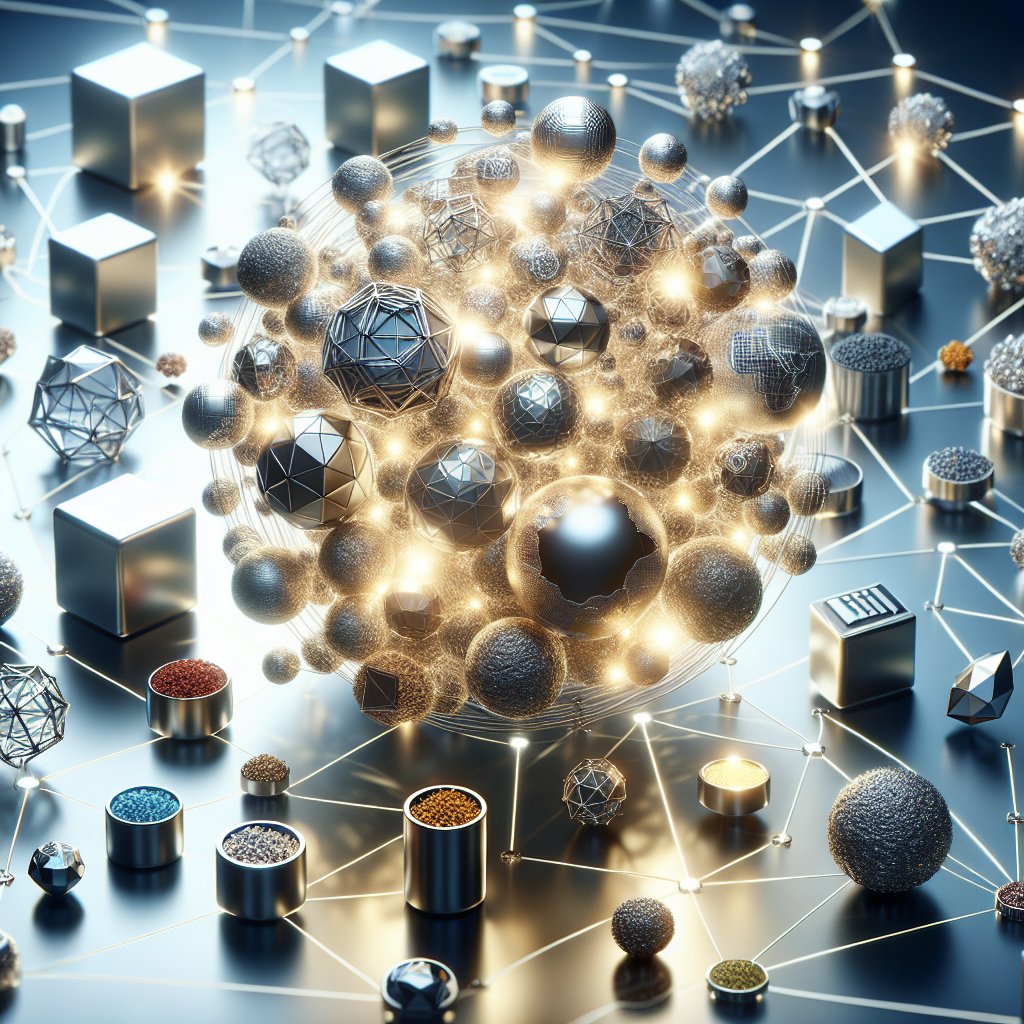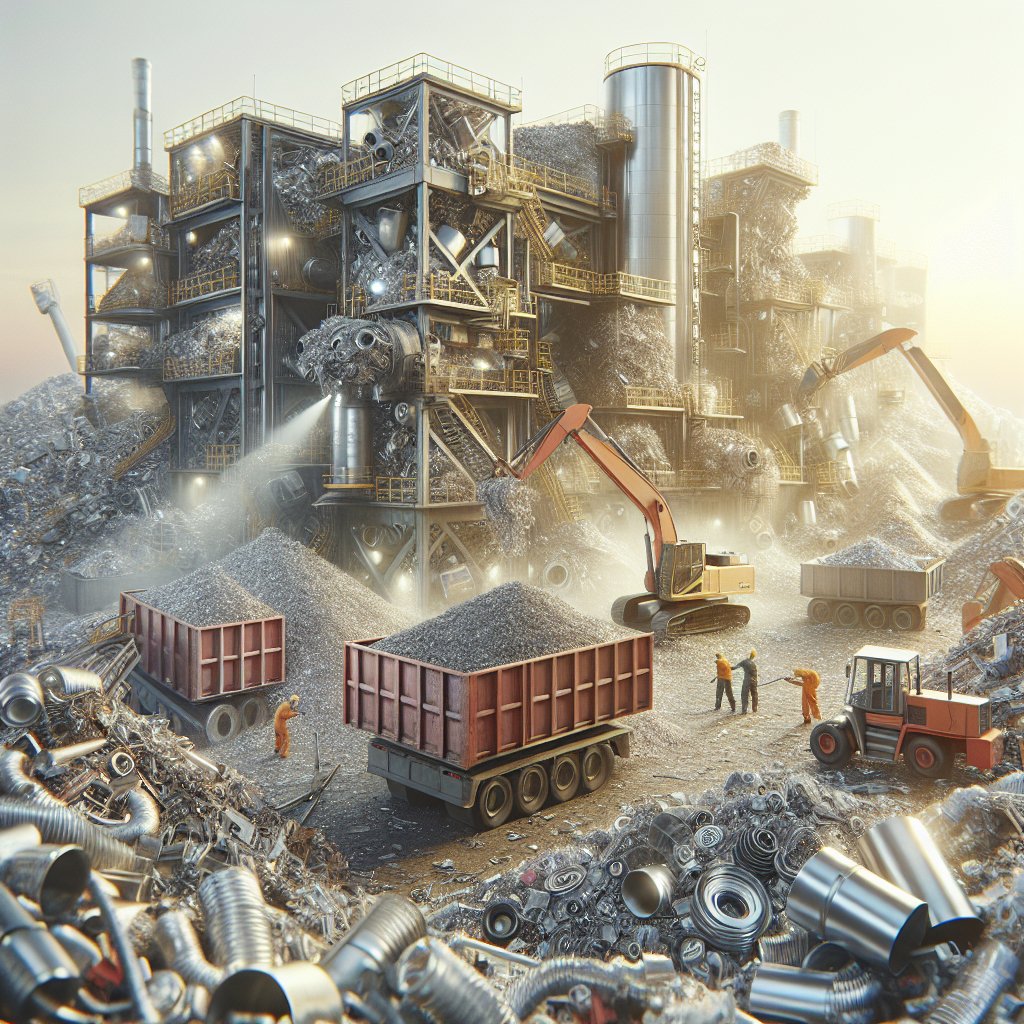Hydrogen fuel cells have emerged as a promising technology in the quest for sustainable energy solutions, but their reliance on rare metals raises questions about their long-term viability and environmental impact. As the world seeks to transition away from fossil fuels, hydrogen fuel cells offer a clean and efficient alternative, yet the scarcity and geopolitical implications of the rare metals required for their production present significant challenges. This article explores the intricate relationship between hydrogen fuel cells and rare metals, examining the potential of this technology to power the future while addressing the complexities of resource availability and sustainability.
The Role of Rare Metals in Hydrogen Fuel Cells
Hydrogen fuel cells operate by converting hydrogen gas into electricity through a chemical reaction with oxygen, producing only water and heat as byproducts. This process is facilitated by a catalyst, typically made from platinum, a rare and precious metal. Platinum’s unique properties make it an ideal catalyst, as it efficiently accelerates the chemical reactions necessary for electricity generation. However, the reliance on platinum and other rare metals such as iridium and palladium poses significant challenges.
The extraction and processing of these rare metals are not only costly but also environmentally taxing. Mining operations often lead to habitat destruction, water pollution, and significant carbon emissions. Furthermore, the geopolitical distribution of these metals is uneven, with a few countries controlling the majority of global reserves. This concentration of resources can lead to supply chain vulnerabilities and geopolitical tensions, as nations vie for access to these critical materials.
Efforts are underway to reduce the dependency on rare metals in hydrogen fuel cells. Researchers are exploring alternative materials and catalysts that can perform similarly to platinum but are more abundant and less expensive. Advances in nanotechnology and material science have shown promise in developing new catalysts that could potentially replace or significantly reduce the amount of platinum required. However, these innovations are still in the experimental stages and require further development before they can be commercially viable.
Challenges and Opportunities in the Supply Chain
The supply chain for rare metals used in hydrogen fuel cells is complex and fraught with challenges. The extraction, refinement, and distribution of these metals involve multiple stakeholders, each with their own interests and priorities. The environmental impact of mining operations is a significant concern, as is the ethical sourcing of materials. Many rare metal mines are located in regions with lax environmental regulations and poor labor practices, raising questions about the sustainability and ethics of the supply chain.
To address these challenges, there is a growing emphasis on developing more sustainable and transparent supply chains. Companies are increasingly adopting responsible sourcing practices, such as ensuring that their suppliers adhere to environmental and labor standards. Additionally, there is a push towards recycling and reclaiming rare metals from used fuel cells and other electronic waste. This circular economy approach not only reduces the demand for newly mined materials but also mitigates the environmental impact of mining activities.
Despite these efforts, the supply chain for rare metals remains vulnerable to disruptions. Geopolitical tensions, trade restrictions, and natural disasters can all impact the availability and price of these critical materials. As such, there is a need for continued investment in research and development to identify alternative materials and technologies that can reduce the reliance on rare metals in hydrogen fuel cells.
The Future of Hydrogen Fuel Cells and Rare Metals
The future of hydrogen fuel cells is closely tied to the availability and sustainability of rare metals. As the demand for clean energy solutions grows, so too does the need for the materials that enable these technologies. While hydrogen fuel cells offer a promising path towards a low-carbon future, their reliance on rare metals presents significant challenges that must be addressed.
Innovation will play a crucial role in overcoming these challenges. Advances in material science, recycling technologies, and supply chain management can help reduce the environmental and geopolitical risks associated with rare metals. Additionally, policy interventions and international cooperation will be essential in ensuring a stable and sustainable supply of these critical materials.
Ultimately, the success of hydrogen fuel cells in powering the future will depend on a balanced approach that considers both the technological potential and the resource constraints. By addressing the challenges associated with rare metals, hydrogen fuel cells can become a cornerstone of the global transition to sustainable energy, offering a cleaner and more resilient energy future for all.












